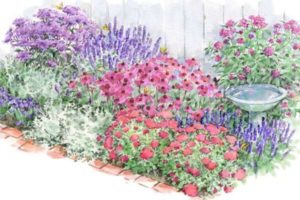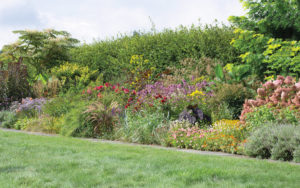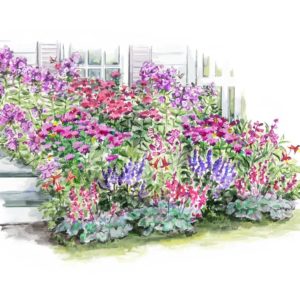The very word Daffodil is magic, for these rugged and cheerful blooms are the first major flowers of spring, and they light up the landscape on even the dreariest day. Many gardeners know the familiar yellow Trumpet forms but have yet to encounter the many and varied shapes, sizes, and colors now available in the genus.
Daffodils (also known as Narcissus) possess three enormously valuable attributes that contribute to their vast popularity.
- They will thrive in almost any location that offers decent drainage and half a day of sun, and will actually reproduce spontaneously in a site they like. Most strains are reliably hardy from Zones 3–7, with numerous forms, including the fragrant Paperwhites that prosper in Zones 8–10.
- They are extremely long-lived in any setting, making them ideal for long-term and naturalized plantings, where they often outlive the proprietor.
- Daffodils are immune to disease and pests, INCLUDING DEER WHICH WILL NOT TOUCH THEM.
Daffodils bloom reliably each year, and many hardy varieties can also be successfully forced indoors—a lost art we hope to encourage.
Keys to Success with Daffodils
- Fertilize: The best time to fertilize bulbs is in the fall. The next best time is in early spring, just as the foliage begins to emerge.
- Leave the leaves alone: Allow the foliage to mature after bloom. Do not cut, braid, fold, or mow the leaves. Remove only after they turn brown.
Garden Design Ideas for Daffodils
- Plant Daffodil bulbs in a woodland garden that is sunny until the trees leaf out.
- Tuck bulbs between the crowns of Daylilies or other perennials in a mixed border, where the leaves of perennials will hide the fading Daffodil foliage.



